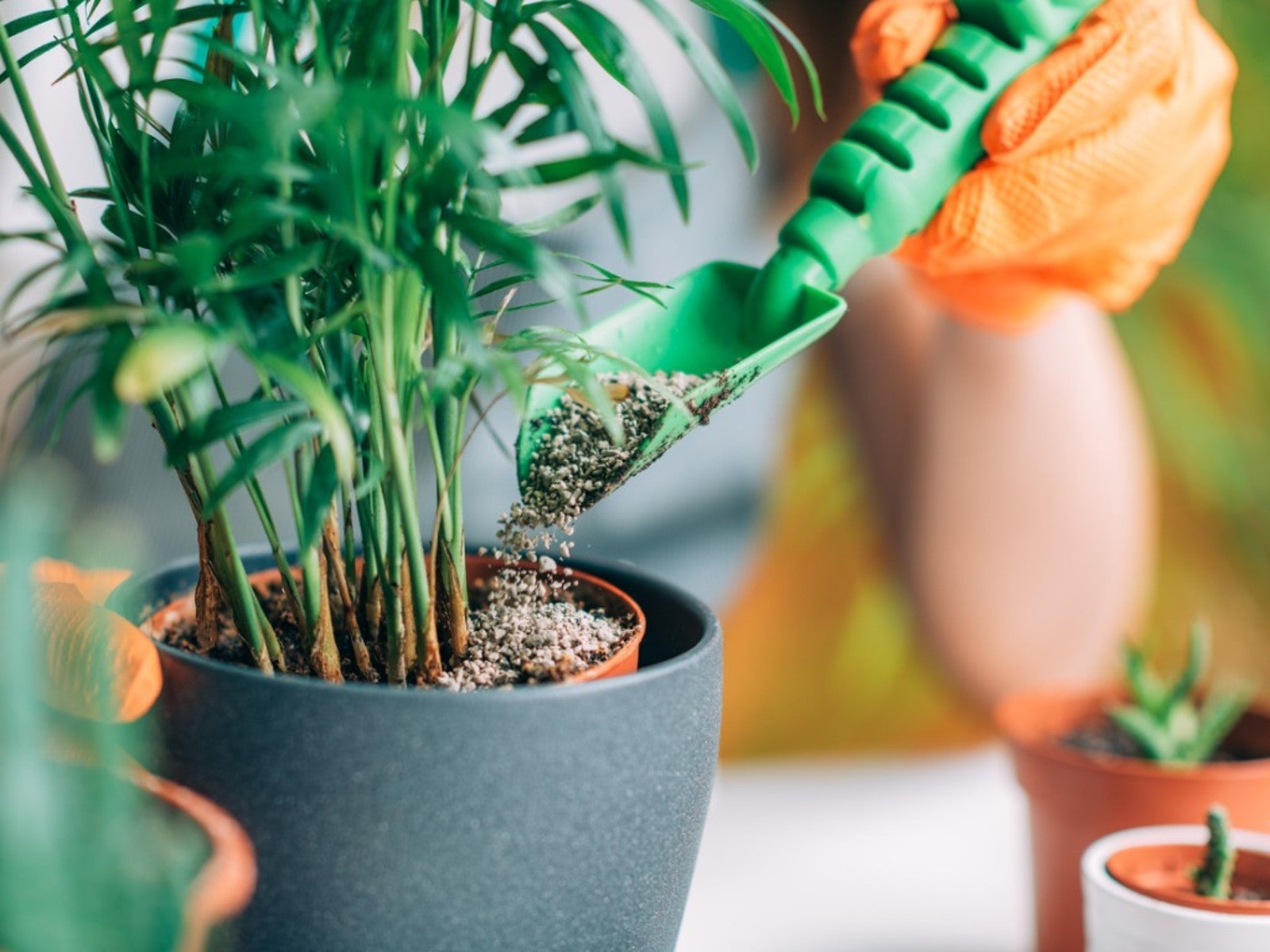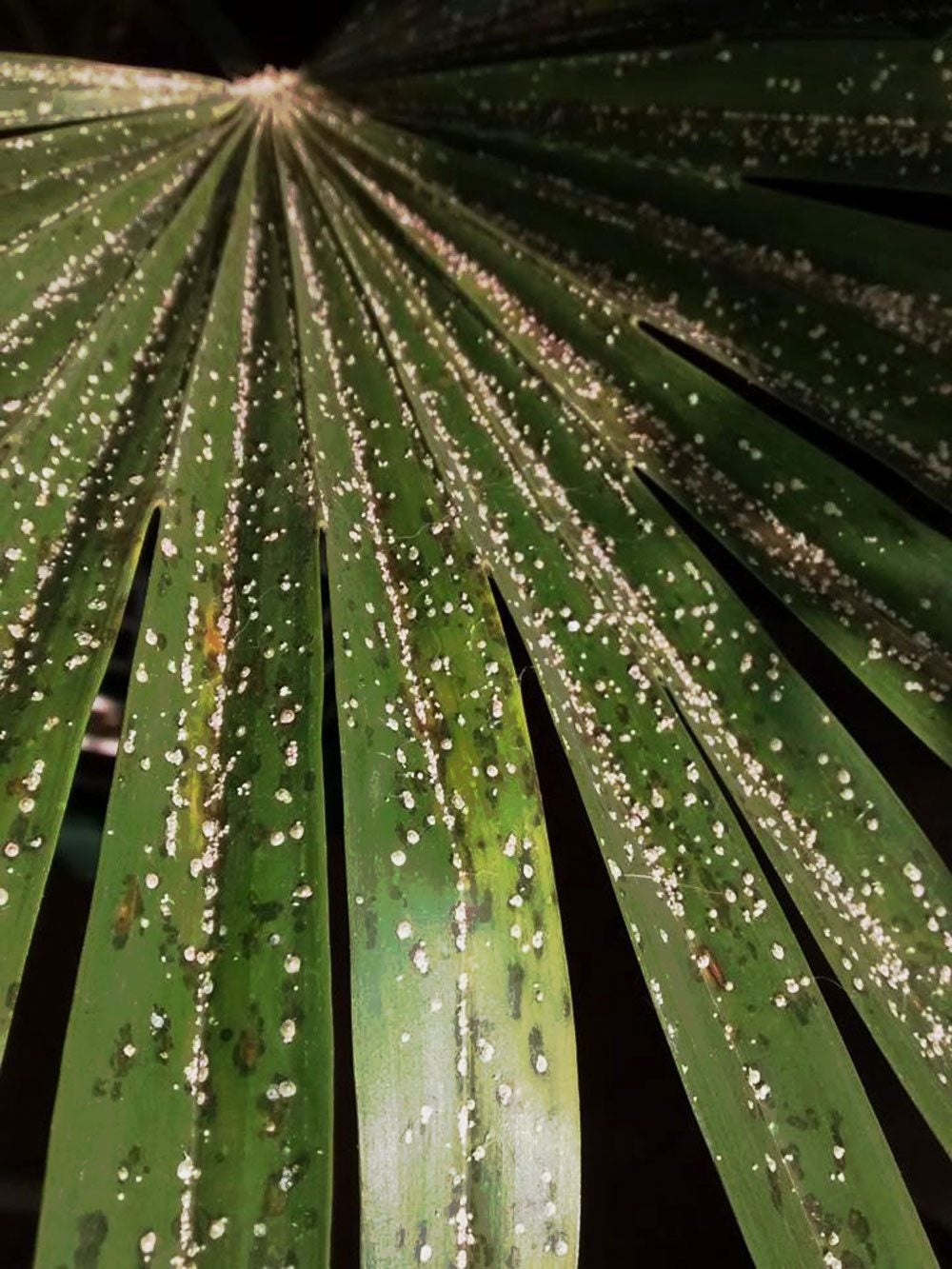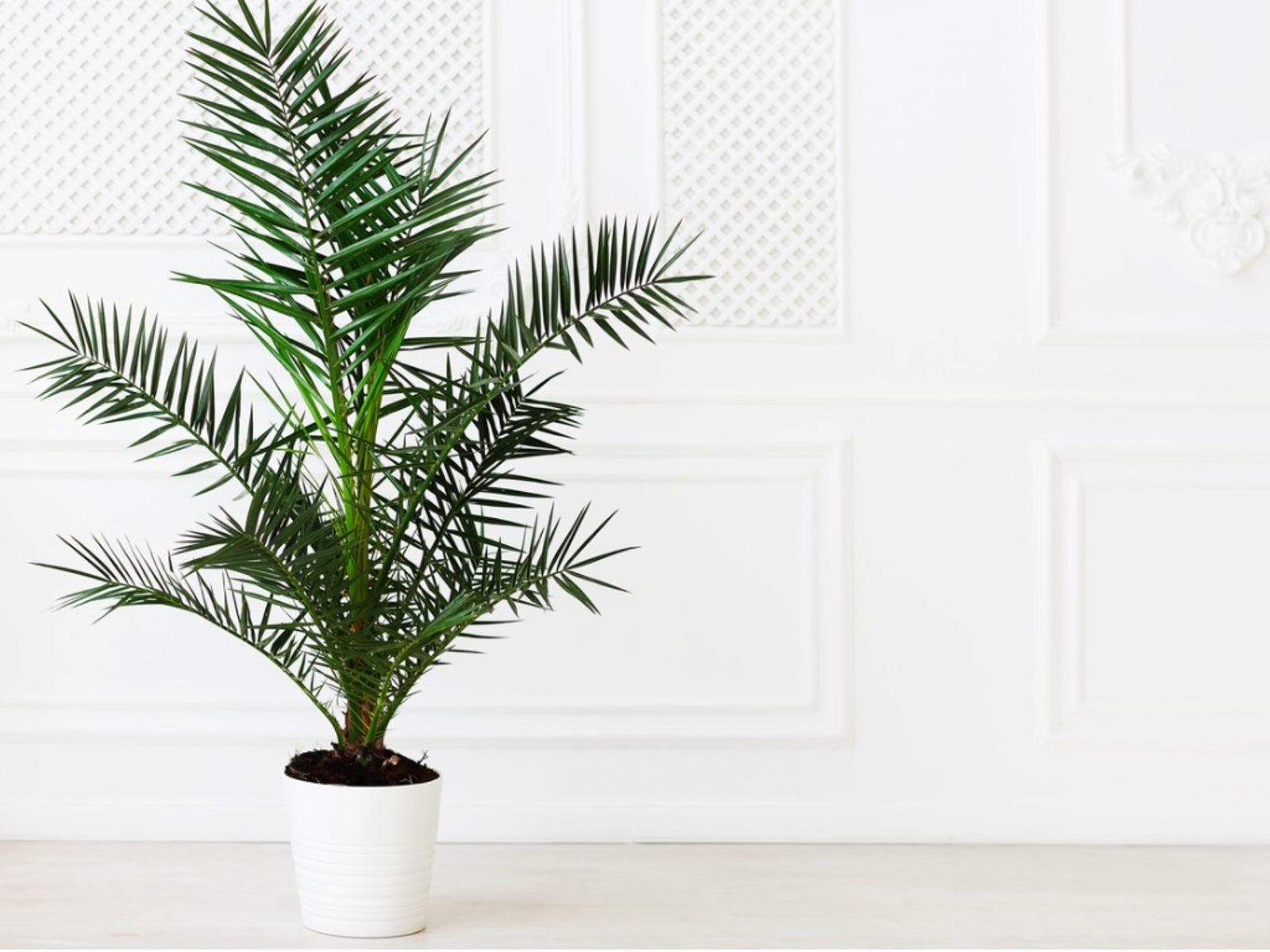Best Fertilizer For Indoor Palms And When To Use It


A nice verdant potted palm can really add opulence to the home. These traditional potted plants are fairly easy to care for, but they do need fertilizer. A time release or liquid fertilizer for potted palms will provide the nutrients the plants need. Feeding palms in pots should take place 2 to 3 times per year, but only when the plant is actively growing. Purchase a fertilizer with a good balance of macronutrients, as well as the micros such as zinc, iron, manganese, boron, and copper for best results.
Humans have used flora as interior decor for centuries. Around the 1850s, interior design began to drift away from cut flowers to plant like palms. Palm trees provide lush greenery and elegance in the home interior. A parlor palm is a classic example of Victorian home decor. During this period, plants were likely fertilized with organic food such as fish emulsion or bone meal. Today we have the added benefit of synthetic foods as an option.
What is the Best Fertilizer for Indoor Palm Trees?
The answer will depend upon the type of palm you grow. For instance, when you fertilize a ponytail palm, remember it is not a true palm. It is a succulent and closely related to Agave. These plants should be fed in early spring when new growth is observed. Use a diluted to half strength liquid fertilizer once per month during the growing season. The plant will not actively grow in winter and does not need supplemental nutrients. Alternately an organic seaweed fertilizer of 0-0-1 will provide all the plant's necessary nutrients as well as amino acids. Most true palms that we find as houseplants originated in tropical forest regions, where they grew beneath dappled tree light. Soils would be rich in organic matter such as bark. In cultivation, the soil should resemble the natural site but, over time, the material will leech its nutrients due to watering. So, it is important to provide extra food during the growing season.
When to Fertilize Potted Palms
Containerized plants need more food than those in the ground. This is because consistent watering will push out nutrients in the soil. The flushing can reduce nutrient levels to nearly nothing in a few months. That means replacing the necessary vitamins, minerals, and macro-nutrients is important.
Start fertilizing around March when the sun is staying out longer and the weather starts to warm. The longer day hours will signal to the plant that it is time to get out of dormancy and start growing. Palms will need fertilizer to fuel that growth and maintain their health. The main micro-nutrients the plants need are magnesium, iron, and zinc, as well as the proper balance of NPK.
How Often to Fertilize Palm Houseplants
The feeding schedule depends upon the type of fertilizer used. If you’re using a time release, these last for up to 3 months. Liquid foods may be diluted and given once per month. A foliar feed is also every month. The ideal NPK ratio for most palms is 12-4-12.
For organic feeding, use a scoop of bone meal or dried fish blood in the water every other time. This is so mild it can be combined with a synthetic fertilizing program. Watch for signs of nutrient deficiency. For instance, a plant with yellow fronds is likely missing nitrogen. Magnesium deficiency is extremely common in container palms. The leaflets will sport broad yellow bands while the center remains green. Iron deficient plants develop necrotic spots, while those with manganese deficiency look similar but with curled edges. Supplement the soils once a diagnosis is confirmed.
Gardening tips, videos, info and more delivered right to your inbox!
Sign up for the Gardening Know How newsletter today and receive a free copy of our e-book "How to Grow Delicious Tomatoes".

Bonnie Grant is a professional landscaper with a Certification in Urban Gardening. She has been gardening and writing for 15 years. A former professional chef, she has a passion for edible landscaping.
-
 Looking For Plants To Give You The Soft And Fuzzies? Try These 5 Fuzzy Leaf Plant Options
Looking For Plants To Give You The Soft And Fuzzies? Try These 5 Fuzzy Leaf Plant OptionsLovers of texture, drama, silver foliage and tactile plants will adore these special sensory garden additions. These fuzzy leaf plant options will leave you all aglow
By Susan Albert
-
 Get Ready For A Summer Of Hummers! Grow These Full Sun Hummingbird Plants and Flowers
Get Ready For A Summer Of Hummers! Grow These Full Sun Hummingbird Plants and FlowersIf you’re lucky enough to enjoy a sunny backyard, make sure you are maxing out on your pollinator opportunities and grow these full sun hummingbird plants and flowers
By Tonya Barnett
-
 Frizzle Top On Palms: Information And Tips For Frizzle Top Treatment
Frizzle Top On Palms: Information And Tips For Frizzle Top TreatmentFrizzle top is both the description and name of a common palm problem. Preventing frizzle top is a little tricky, but the extra care will help preserve the beauty of your palms. Read here to discover how to treat it.
By Bonnie L. Grant
-
 Sticky Palm Tree Leaves: Treatment For Palm Scale
Sticky Palm Tree Leaves: Treatment For Palm ScalePalm leaf scales can cause damage and even the death of the palm tree. There are two very noticeable signs of scale on palm trees. Learn what they are and how to treat in this article.
By Heather Rhoades
-
 Indoor Palm Tree Care - Growing Palms Indoors
Indoor Palm Tree Care - Growing Palms IndoorsPalms create an air of elegance and splendor, reminding us of exotic lands far away. Using the tips in this article on caring for palms indoors will allow you to enjoy the atmosphere they create in your home.
By Heather Rhoades